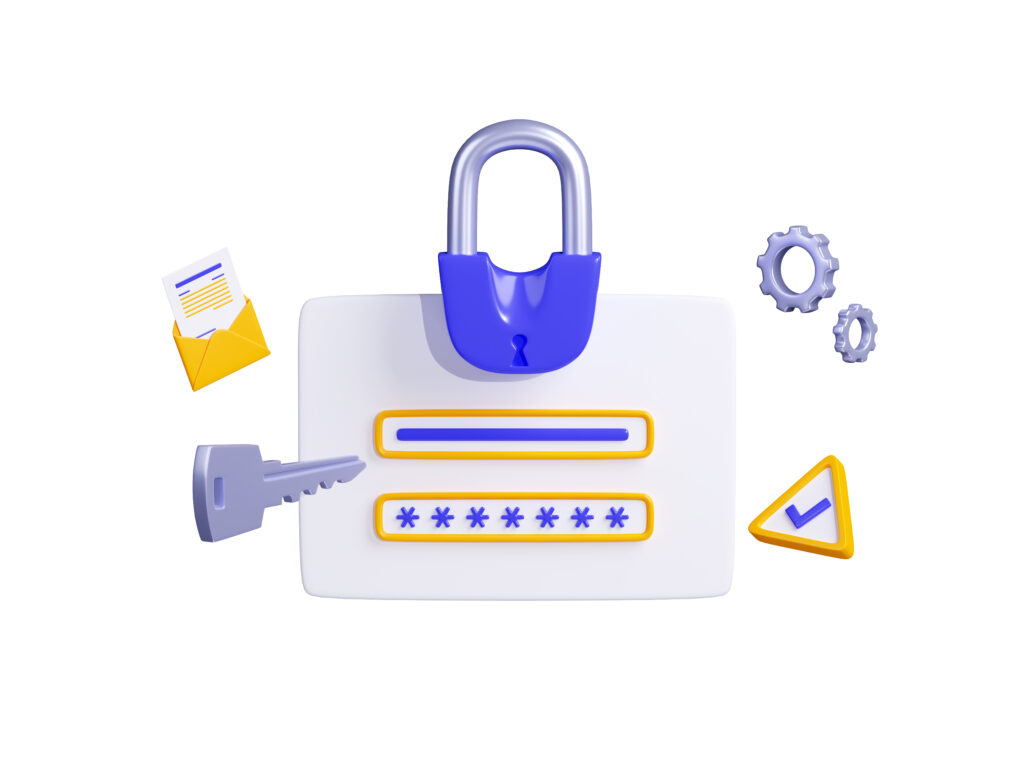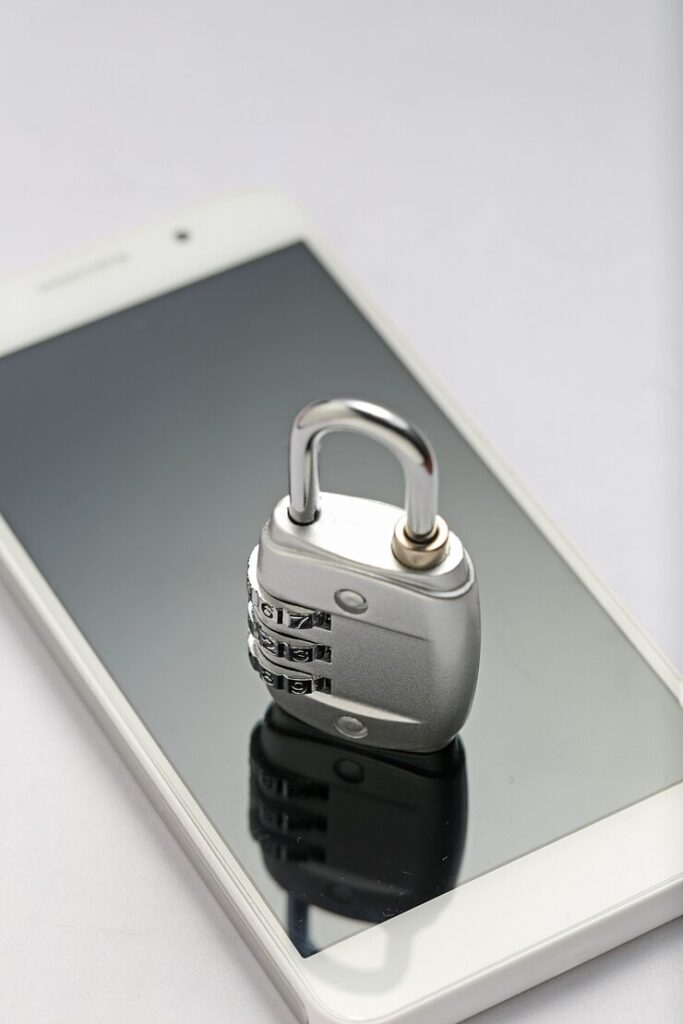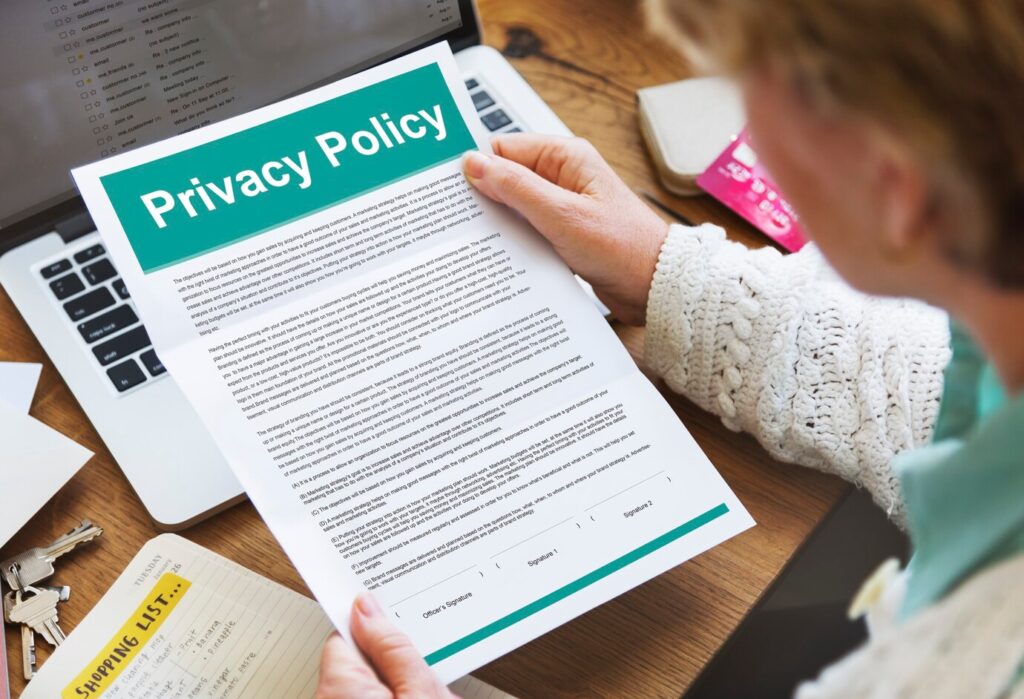Introduction
Protecting our privacy online is becoming more and more important as we spend more time connected to the internet. We use internet for work, communication, entertainment, and shopping online. We share vast amount of personal information online such as our browsing history, social media activity. It is essential to take proactive measures to safeguard our privacy. In this comprehensive guide, we will explore various strategies and best practices for protecting privacy online.
1. Understand the Risks:

The first step in protecting your privacy online is to understand the potential risks. This includes the collection of personal data by websites, social media platforms, advertisers, and other online entities. Additionally, you should be aware of the risks associated with cyber threats such as hacking, phishing, identity theft, and surveillance.
2. Use Secure Passwords:

Strong, unique passwords are your first line of defense against unauthorized access to your online accounts. Avoid using easily guessable passwords like “123456” or “password.” Instead, create complex passwords that include a mix of letters, numbers, and special characters. Consider using a password manager to generate and store secure passwords for your accounts.
3. Enable Two-Factor Authentication (2FA):
Two-factor authentication adds an extra layer of security to your online accounts by requiring a second form of verification, such as a code sent to your phone or email, in addition to your password. Enable 2FA wherever possible to protect your accounts from unauthorized access, even if your password is compromised.
4. Update Privacy Settings:

Review and adjust the privacy settings on your social media accounts, web browsers, and other online services to limit the amount of personal information you share publicly. Be mindful of the permissions you grant to apps and websites, and only provide access to the data they need to function properly.
5. Use a Virtual Private Network (VPN):
A VPN encrypts your internet connection and routes your traffic through a secure server, protecting your online privacy and anonymity. VPNs are especially useful when using public Wi-Fi networks, as they prevent hackers and snoopers from intercepting your data. Choose a reputable VPN provider with a no-logs policy for maximum privacy protection.
6. Browse Anonymously:

Consider using privacy-focused web browsers like Tor or Brave that prioritize user privacy by blocking trackers, ads, and other invasive scripts. These browsers also offer features like private browsing mode (also known as incognito mode) to prevent your browsing history from being recorded on your device.
7. Be Cautious with Personal Information:
Think twice before sharing sensitive personal information online, such as your full name, address, phone number, or financial details. Be cautious when filling out online forms and only provide the minimum amount of information required. Avoid oversharing on social media and be mindful of the potential consequences of sharing personal details publicly.
8. Regularly Update Software and Apps:

Keep your operating system, web browser, and apps up to date with the latest security patches and updates. Software updates often include fixes for known vulnerabilities that could be exploited by cybercriminals to compromise your privacy and security.
9. Be Wary of Phishing Attempts:
Phishing is a common tactic used by cybercriminals to trick individuals into revealing sensitive information such as passwords or credit card numbers. Be cautious of unsolicited emails, messages, or phone calls asking for personal or financial information. Look out for red flags like spelling errors, suspicious links, or requests for urgent action.
10. Use Encryption:

Encrypting your data adds an extra layer of security by scrambling it so that it can only be read by authorized parties with the decryption key. Use encrypted messaging apps like Signal or WhatsApp for private conversations, and enable encryption on your devices and storage drives to protect your files and data.
11. Regularly Review Permissions and Connected Apps:
Periodically review the permissions granted to apps and services connected to your accounts, and revoke access to any that you no longer use or trust. Many apps request access to unnecessary data, so it’s essential to limit access to only what is essential for their functionality.
12. Educate Yourself:

Stay informed about the latest privacy threats, trends, and best practices for protecting your online privacy. Follow reputable sources of cybersecurity news and advice, and consider attending workshops or webinars on privacy and security topics.
13. Consider Privacy-Focused Products and Services:
Opt for products and services that prioritize user privacy and data protection. Look for privacy-focused alternatives to popular apps and platforms that offer features like end-to-end encryption, minimal data collection, and transparent privacy policies.
14. Protect Your Devices:

Keep your devices secure by using strong passwords or biometric authentication methods like fingerprint or face recognition. Install reputable antivirus software to protect against malware and other cyber threats, and regularly scan your devices for suspicious activity or infections.
15. Be Mindful of Public Wi-Fi:
Exercise caution when connecting to public Wi-Fi networks, as they are often unsecured and vulnerable to interfering and hacking. Avoid accessing sensitive information or conducting financial transactions on public Wi-Fi, and use a VPN for added security when necessary.
16. Monitor Your Online Presence:

Regularly review your online presence and take steps to manage your digital footprint. Google yourself to see what information is publicly available, and consider using privacy tools to remove or limit personal information from online databases and directories.
17. Be Skeptical of Data Requests:
Be cautious when sharing personal information in response to requests from websites, emails, or phone calls. Legitimate organizations will typically not ask for sensitive information like passwords or social security numbers via email or phone, so verify the authenticity of the request before responding.
18. Read Privacy Policies:

Take the time to read and understand the privacy policies of websites, applications, and online services before using them. Pay attention to how your data will be collected, stored, and shared, and opt out of data sharing or marketing communications if possible.
19. Practice Digital Hygiene:
Adopt good digital hygiene practices to minimize the risk of privacy breaches and cyber attacks. This includes regularly backing up your data, securely disposing of old devices, and avoiding risky behaviors like clicking on suspicious links or downloading files from unknown sources.
20. Stay Vigilant:

Finally, remain vigilant and proactive in protecting your online privacy. Cyber threats are constantly evolving, so it’s essential to stay informed, stay alert, and take proactive steps to mitigate risks and safeguard your personal information and digital identity.
Conclusion
In conclusion, protecting privacy online requires a combination of awareness, vigilance, and proactive measures. By understanding the risks, implementing best practices, and using privacy-enhancing tools and technologies, you can take control of your online privacy and enjoy a safer and more secure online experience. Remember that privacy is a fundamental right, and it’s up to each of us to defend and preserve it in an increasingly digital world.

